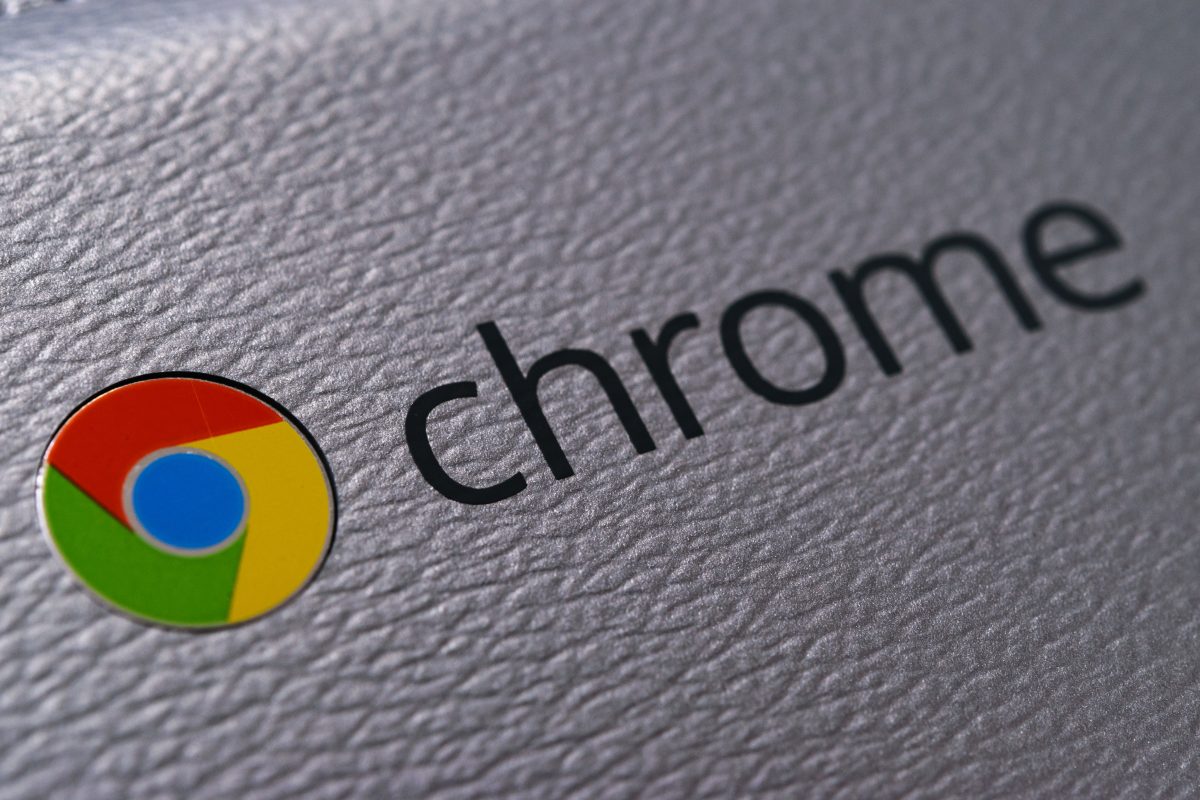
Since the Covid-19 pandemic, students have been working remotely. Many classrooms and schools rely on Chromebooks to keep students connected.
Chromebooks were introduced in 2011 and now they are not only able to run on one browser, but many apps are compatible with the device as well, including android apps. Chromebooks are similar to other desktop systems. You can customize your screen how you’d like. However, you cannot place files on the home screen.
Whether it’s an Android app, desktop app, or web app that you’ve set-up to launch in its own window, the app will open in a new window. Windows can be resized or split to take up half the display like in other systems.
The search key that replaces the caps lock key is a way to search your devices, apps, and the web in one spot.
The shelf at the bottom of the screen resembles the taskbar at the bottom of the Windows screen. To customize your shelf, replace adds you don’t use with frequently used apps by hovering your mouse pointer over the app icon in question, tap the touchpad with two fingers (the equivalent of a right-click), and select Unpin from the context menu that appears.
You must have a Google account to sign into your Chromebook but if you have an android phone, you can simply unlock your Chromebook from your phone via Bluetooth.
To make it easier for you to transfer use from device to device, use Google synchronization. You can synchronize recently opened tabs, browsing history, bookmarks, extensions, passwords, and other items across multiple devices.
These are just basics on how to use a Chromebook. For more information, follow this tutorial.
The U.S. Army Corps of Engineers has been tasked with…
Brown and Caldwell, a leading environmental engineering and construction firm,…
Humboldt State University, one of four campuses within the California…